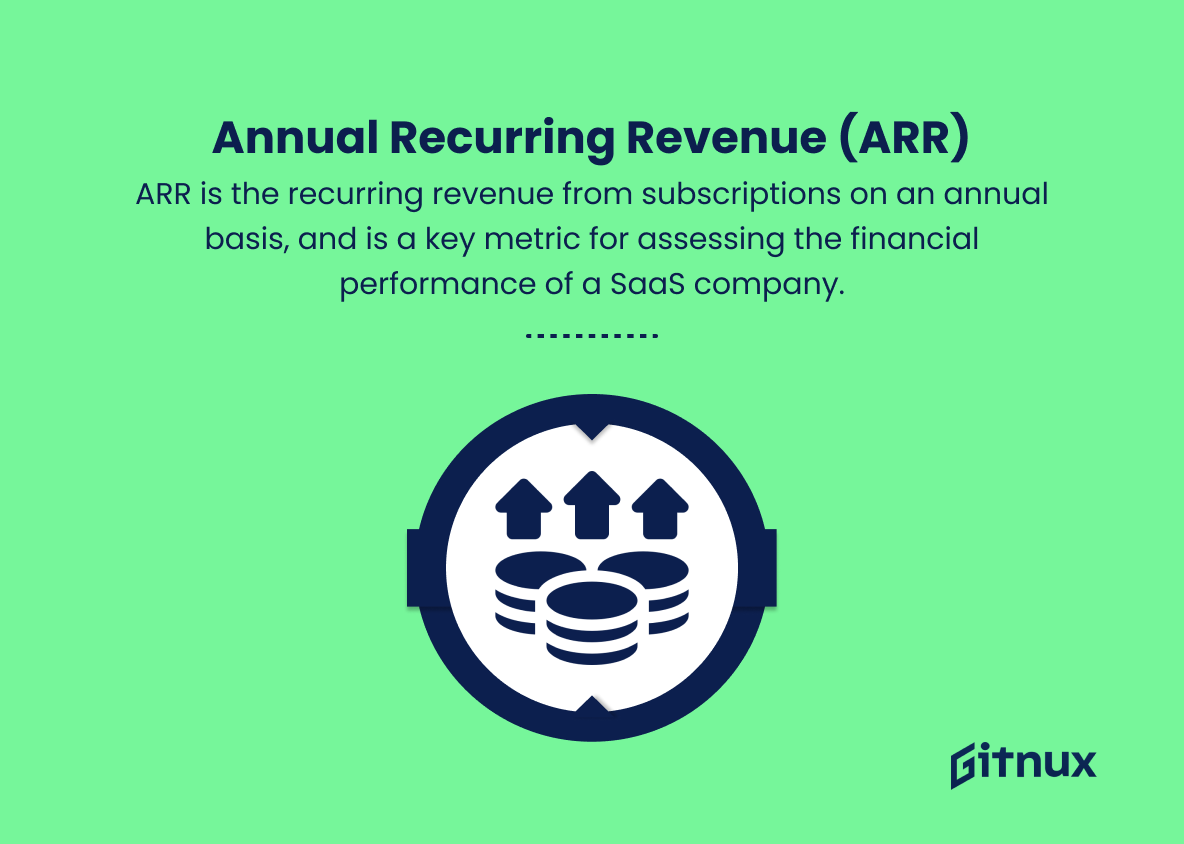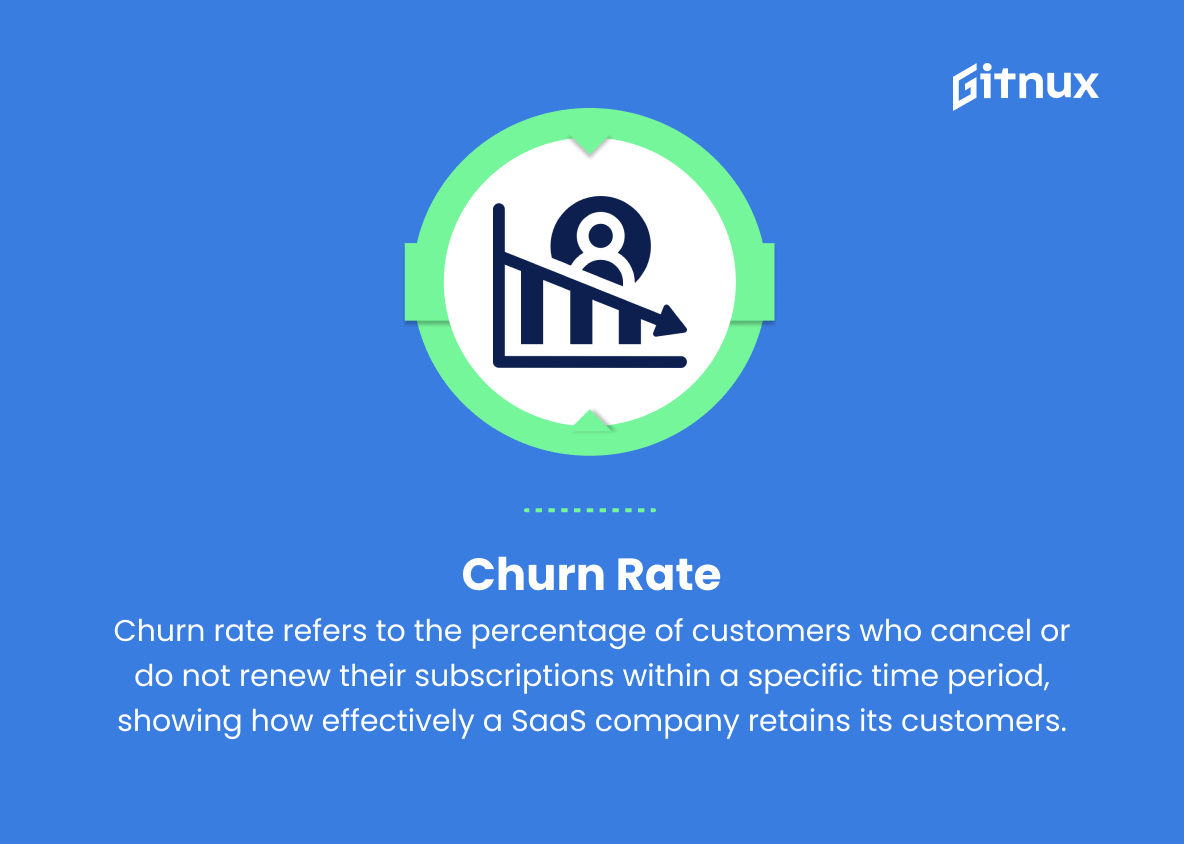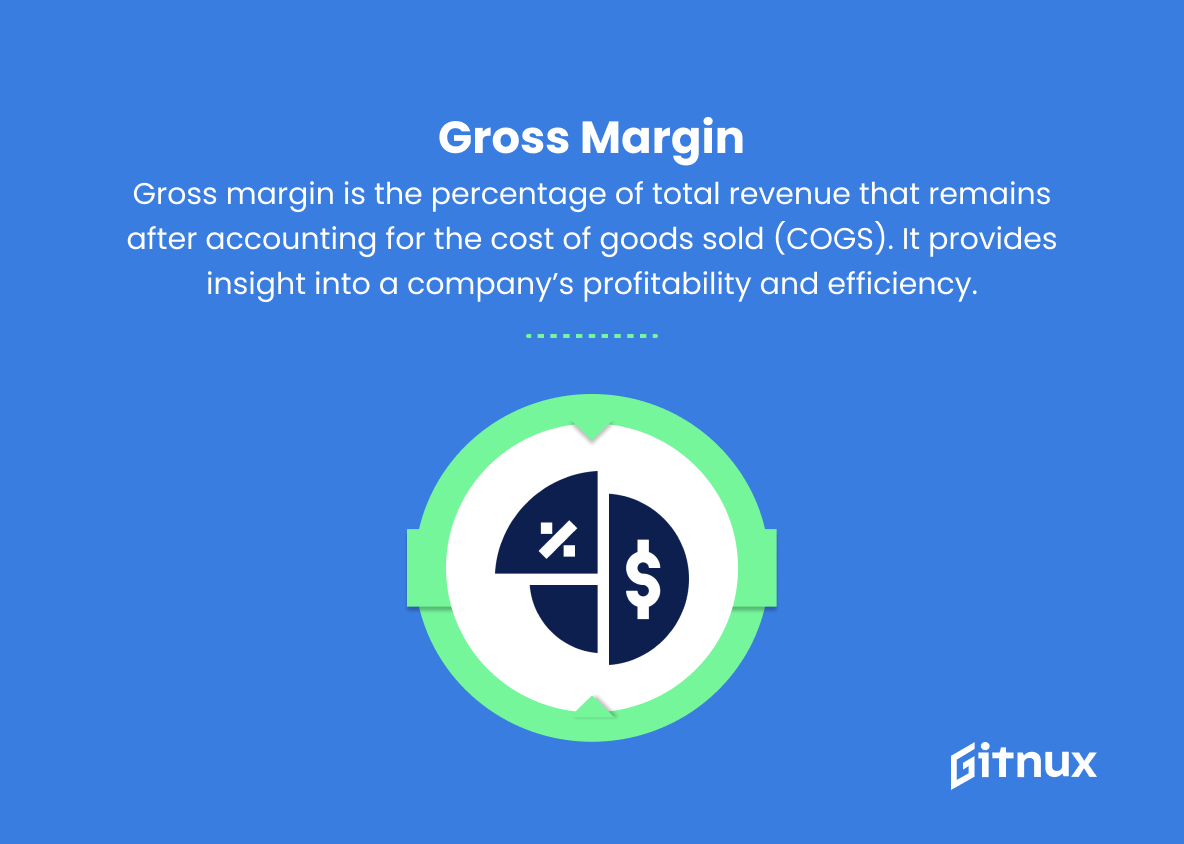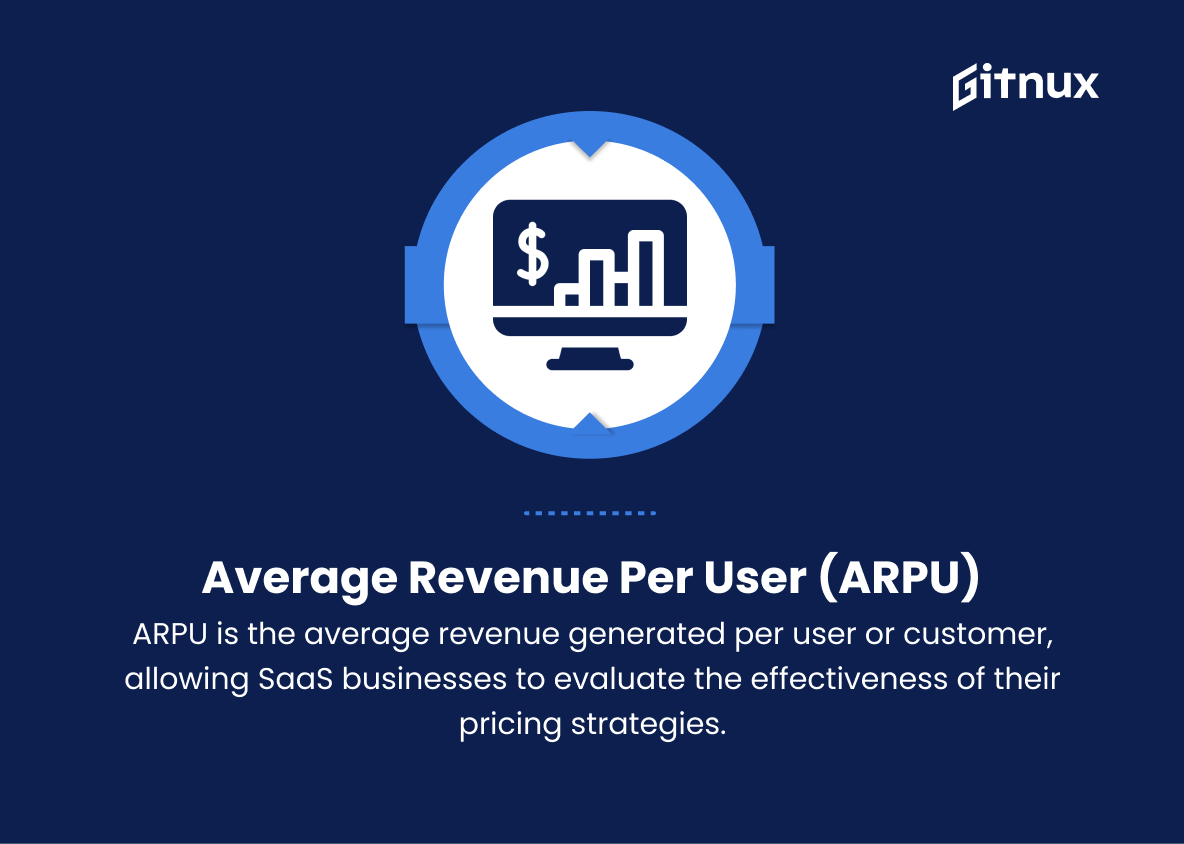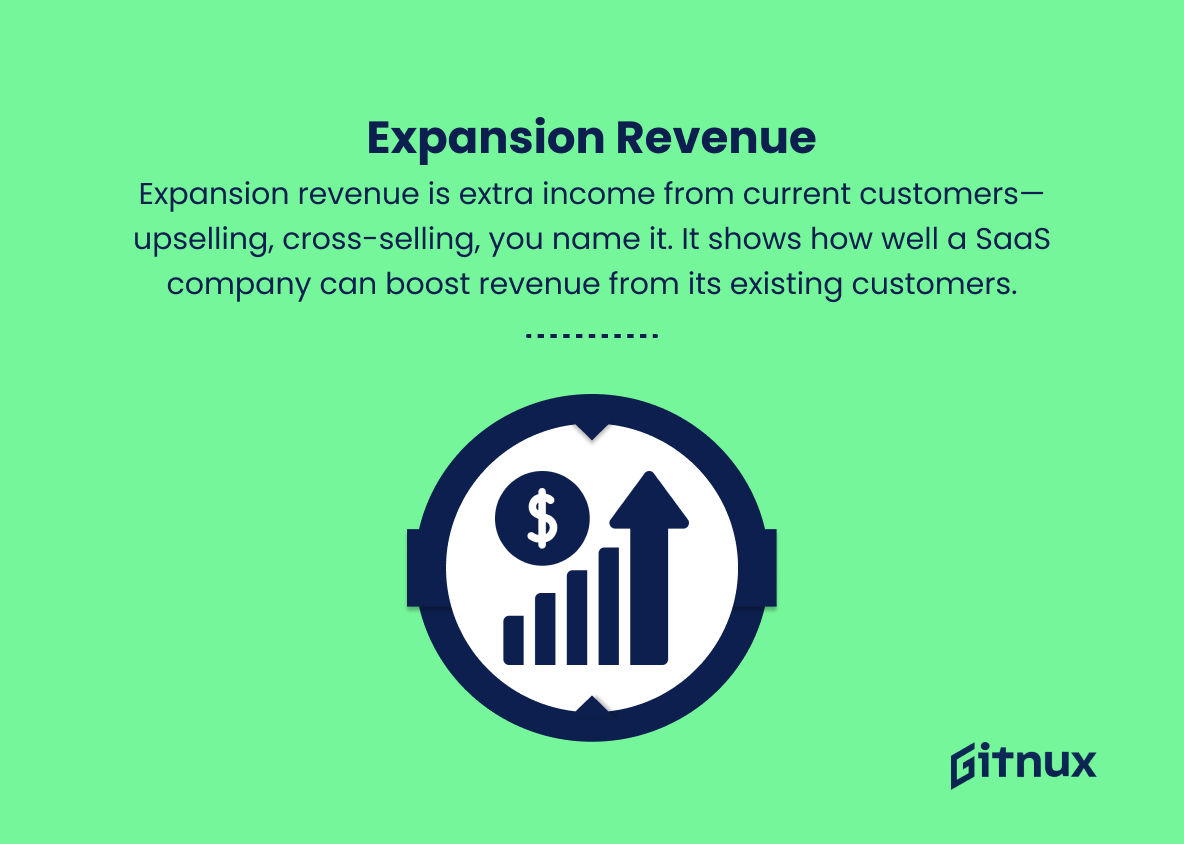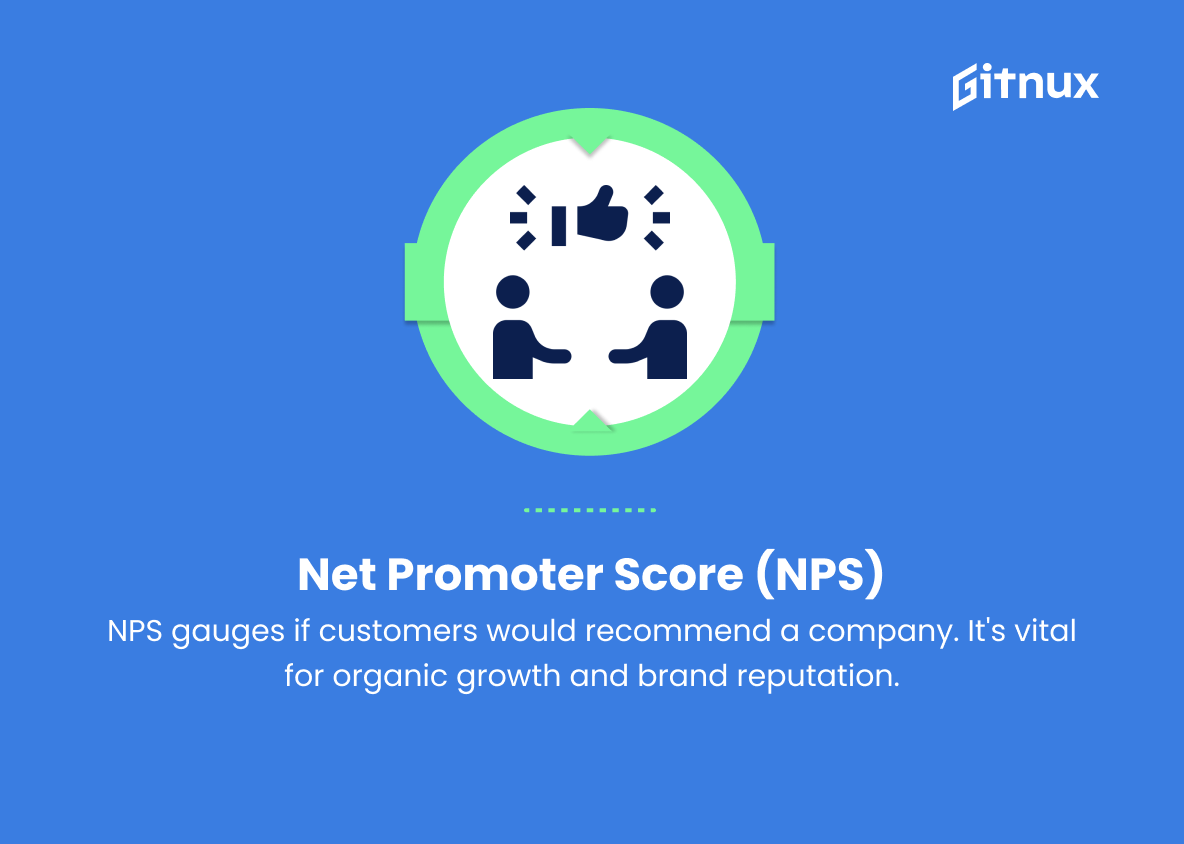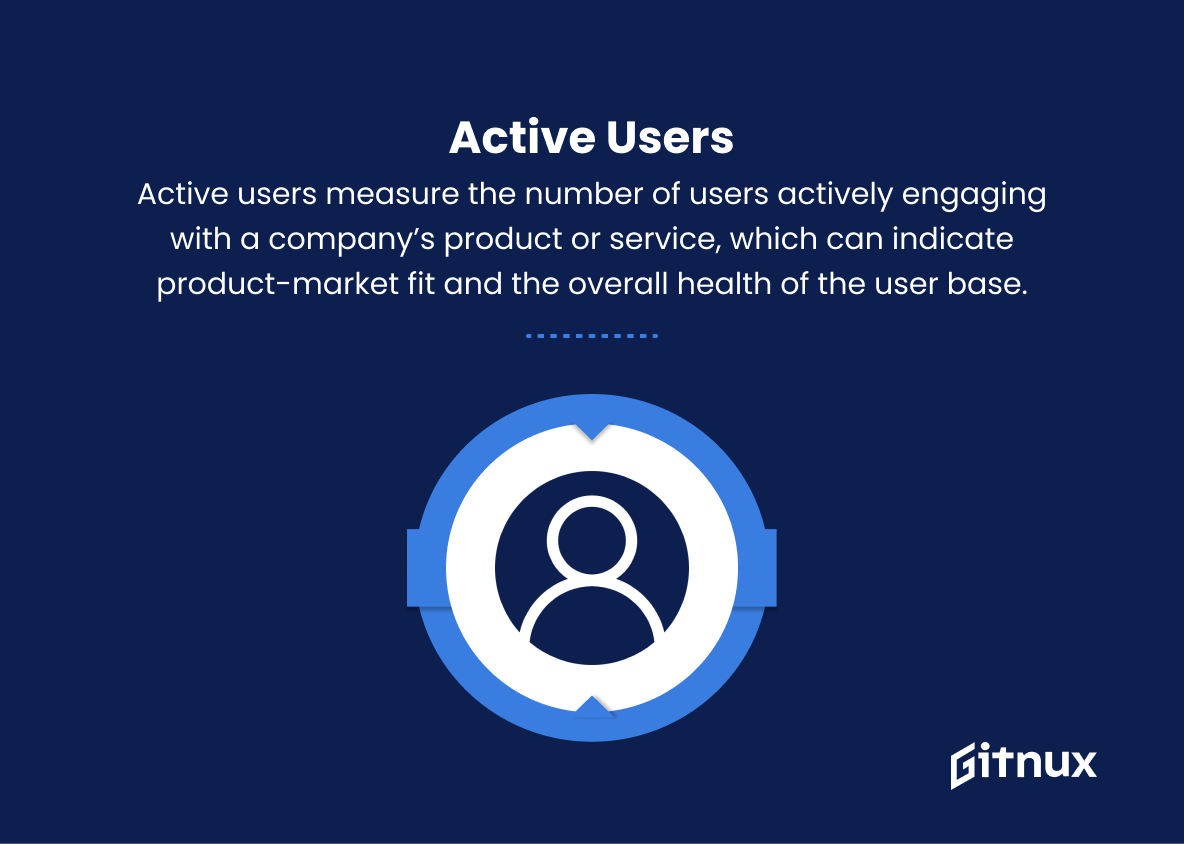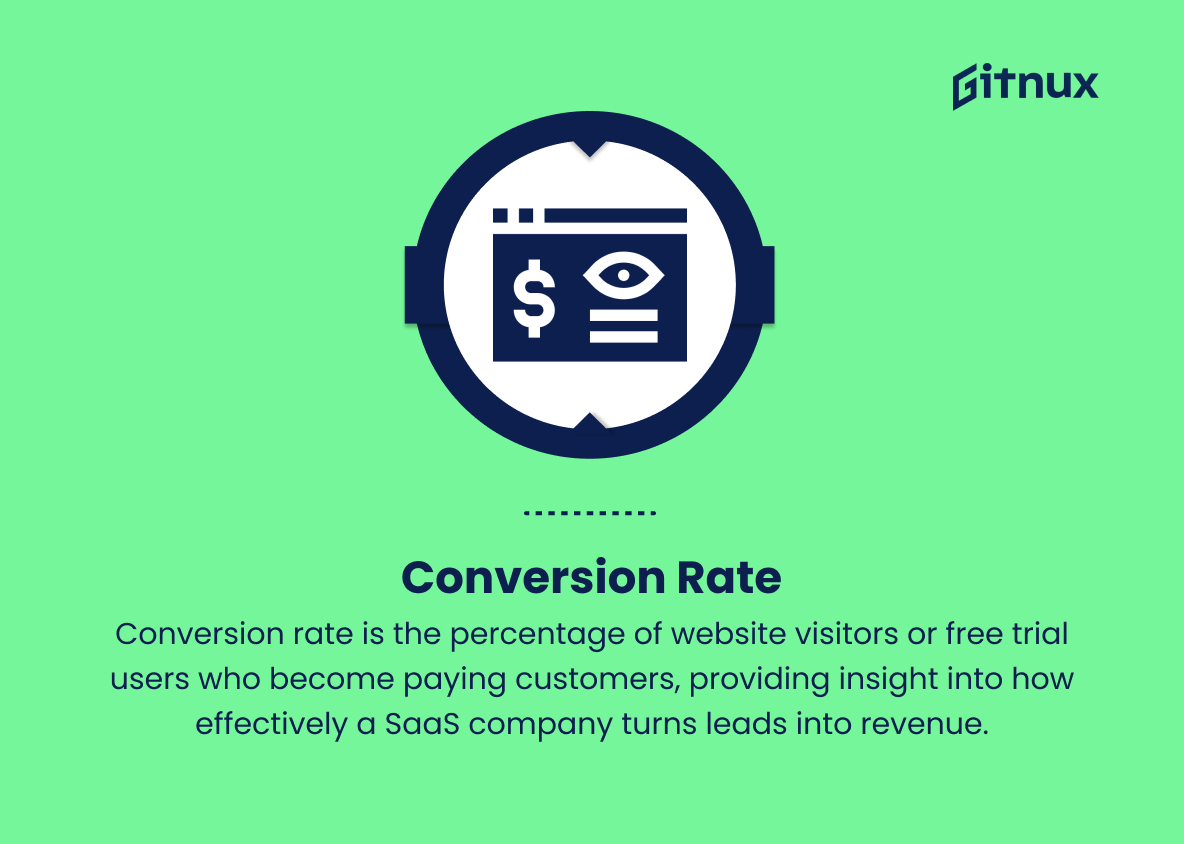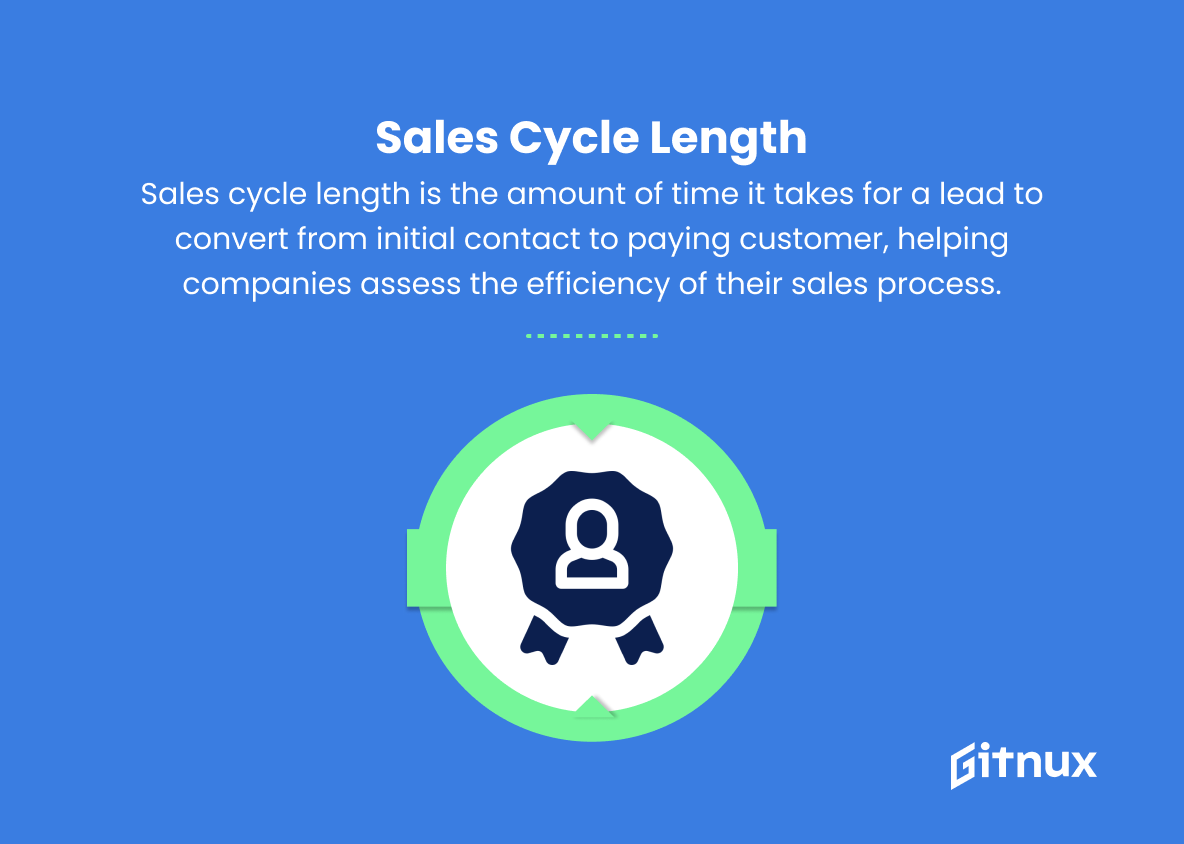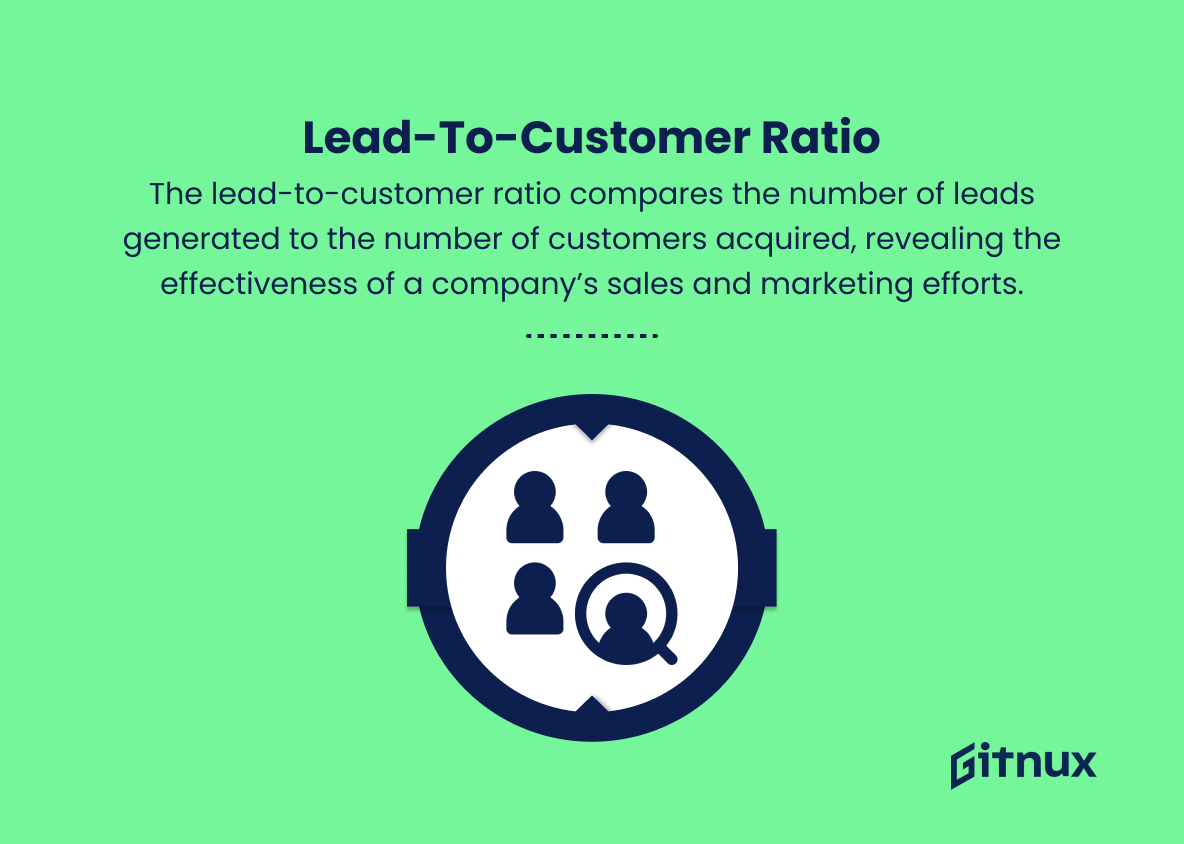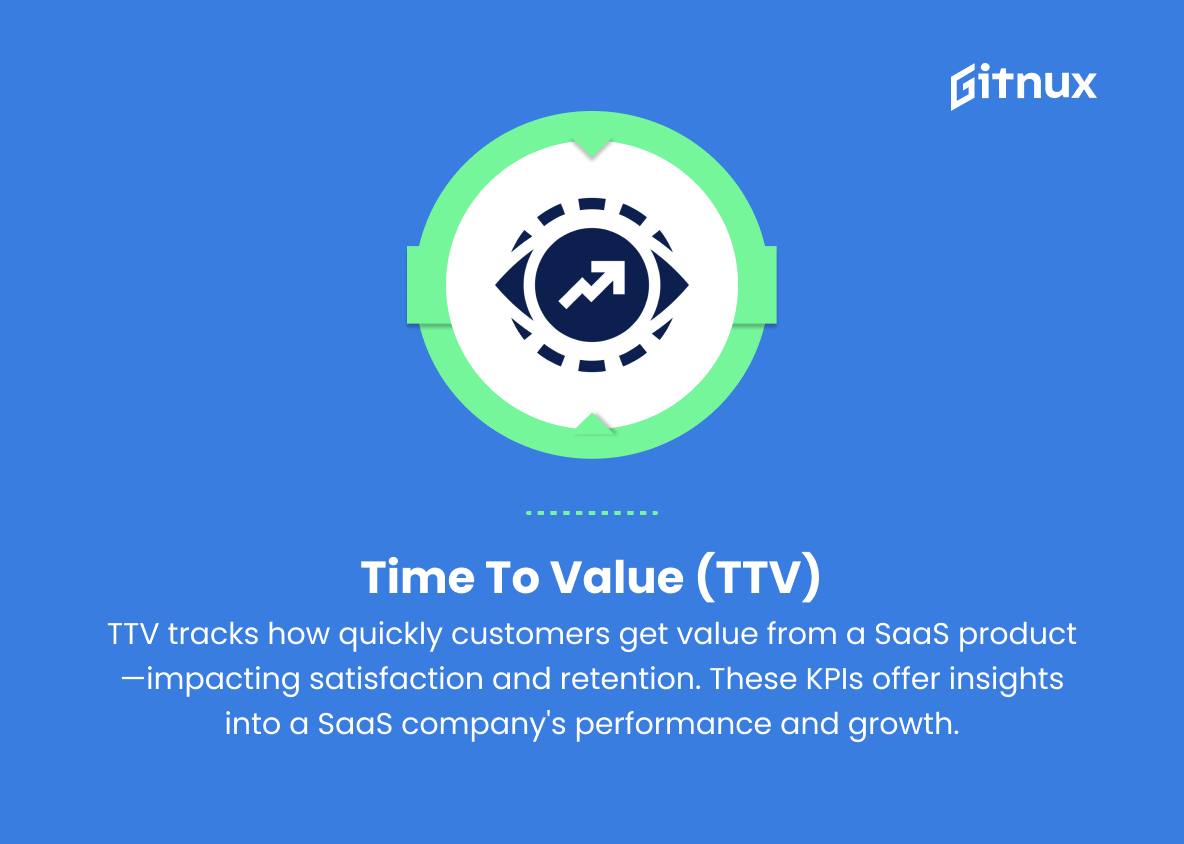In today’s rapidly evolving digital landscape, it has become imperative for Software as a Service (SaaS) companies to closely monitor their performance against a set of Key Performance Indicators (KPIs). These KPIs not only serve as valuable metrics to understand business health, but also act as strategic tools that facilitate informed decision-making, drive growth, and ensure long-term success.
In this blog post, we will delve into the essential SaaS KPIs that every organization should track, assess, and optimize in order to scale their business effectively while maintaining customer satisfaction and overall profitability.
SaaS Company KPIs You Should Know
1. Monthly Recurring Revenue (MRR)
MRR is the sum of all subscription revenue normalized to a monthly value, allowing SaaS companies to measure their recurring revenue stream.
2. Annual Recurring Revenue (ARR)
ARR is the recurring revenue from subscriptions on an annual basis, and is a key metric for assessing the financial performance of a SaaS company.
3. Churn Rate
Churn rate refers to the percentage of customers who cancel or do not renew their subscriptions within a specific time period, showing how effectively a SaaS company retains its customers.
In today’s rapidly evolving digital landscape, it has become imperative for Software as a Service (SaaS) companies to closely monitor their performance against a set of Key Performance Indicators (KPIs).4. Customer Acquisition Cost (CAC)
CAC is the average amount of money spent to acquire a new customer, accounting for marketing and sales expenses, which is crucial for evaluating the efficiency of customer acquisition strategies.
5. Customer Lifetime Value (CLTV)
CLTV is an estimate of the total revenue a SaaS company can expect from a single customer throughout the entire duration of their relationship.
6. Gross Margin
Gross margin is the percentage of total revenue that remains after accounting for the cost of goods sold (COGS). It provides insight into a company’s profitability and efficiency.
7. Average Revenue Per User (ARPU)
ARPU is the average revenue generated per user or customer, allowing SaaS businesses to evaluate the effectiveness of their pricing strategies.
8. Expansion Revenue
Expansion revenue refers to additional revenue generated from existing customers through upselling, cross-selling, or other means. This metric indicates the ability of a SaaS company to increase revenue from its existing customer base.
These KPIs not only serve as valuable metrics to understand business health, but also act as strategic tools that facilitate informed decision-making, drive growth, and ensure long-term success.9. Net Promoter Score (NPS)
NPS is a customer satisfaction metric that measures how likely customers are to recommend a company’s product or services to others, which is a critical component of organic growth and brand reputation.
10. Active Users
Active users measure the number of users actively engaging with a company’s product or service, which can indicate product-market fit and the overall health of the user base.
11. Conversion Rate
Conversion rate is the percentage of website visitors or free trial users who become paying customers, providing insight into how effectively a SaaS company turns leads into revenue.
12. Sales Cycle Length
Sales cycle length is the amount of time it takes for a lead to convert from initial contact to paying customer, helping companies assess the efficiency of their sales process.
13. Retention Rate
Retention rate is the percentage of customers who remain subscribed to a SaaS company’s product or service over a specified period of time, another way to evaluate customer satisfaction and loyalty.
14. Lead-to-Customer Ratio
The lead-to-customer ratio compares the number of leads generated to the number of customers acquired, revealing the effectiveness of a company’s sales and marketing efforts.
15. Time to Value (TTV)
TTV measures the time it takes for a customer to achieve value with a SaaS product or service, which can affect customer satisfaction and retention.
These are just a few key performance indicators for SaaS companies, each providing valuable insights into different aspects of a company’s performance and growth.
SaaS Company KPIs Explained
SaaS Company KPIs, like Monthly Recurring Revenue (MRR) and Annual Recurring Revenue (ARR), are crucial for gauging a business’s financial stability and projecting future profitability. Metrics such as Churn Rate, Customer Acquisition Cost (CAC), and Customer Lifetime Value (CLTV) help assess customer retention, acquisition efficiency, and revenue potential, while Gross Margin and Average Revenue Per User (ARPU) paint a picture of a company’s profitability and pricing effectiveness. Monitoring Expansion Revenue and Active Users demonstrate a business’s success in growing its existing customer base and overall user health.
Net Promoter Score (NPS) serves as a guiding metric for brand reputation and customer satisfaction, while Conversion Rate and Sales Cycle Length are vital for determining how effectively a company turns leads into valuable revenue. Lastly, Retention Rate, Lead-to-Customer Ratio, and Time to Value (TTV) shed light on customer satisfaction, sales and marketing efficiency, and the speed at which customers achieve value from a product or service. Collectively, these KPIs offer vital insights into the overall health and growth of a SaaS company.
Conclusion
In summary, SaaS company KPIs play a critical role in determining the success of your business. By carefully tracking and evaluating metrics such as churn rate, customer acquisition cost, customer lifetime value, MRR, ARR, and customer satisfaction, you are setting your organization up for growth and sustainability. These KPIs not only illuminate the areas where your company is excelling, but also highlight the areas with potential for improvement.
Ultimately, a data-driven approach to monitoring and learning from these indicators will enable your SaaS business to thrive in an increasingly competitive and dynamic market landscape. Invest the time to refine and optimize your SaaS company KPIs, and watch your business soar to new heights.

